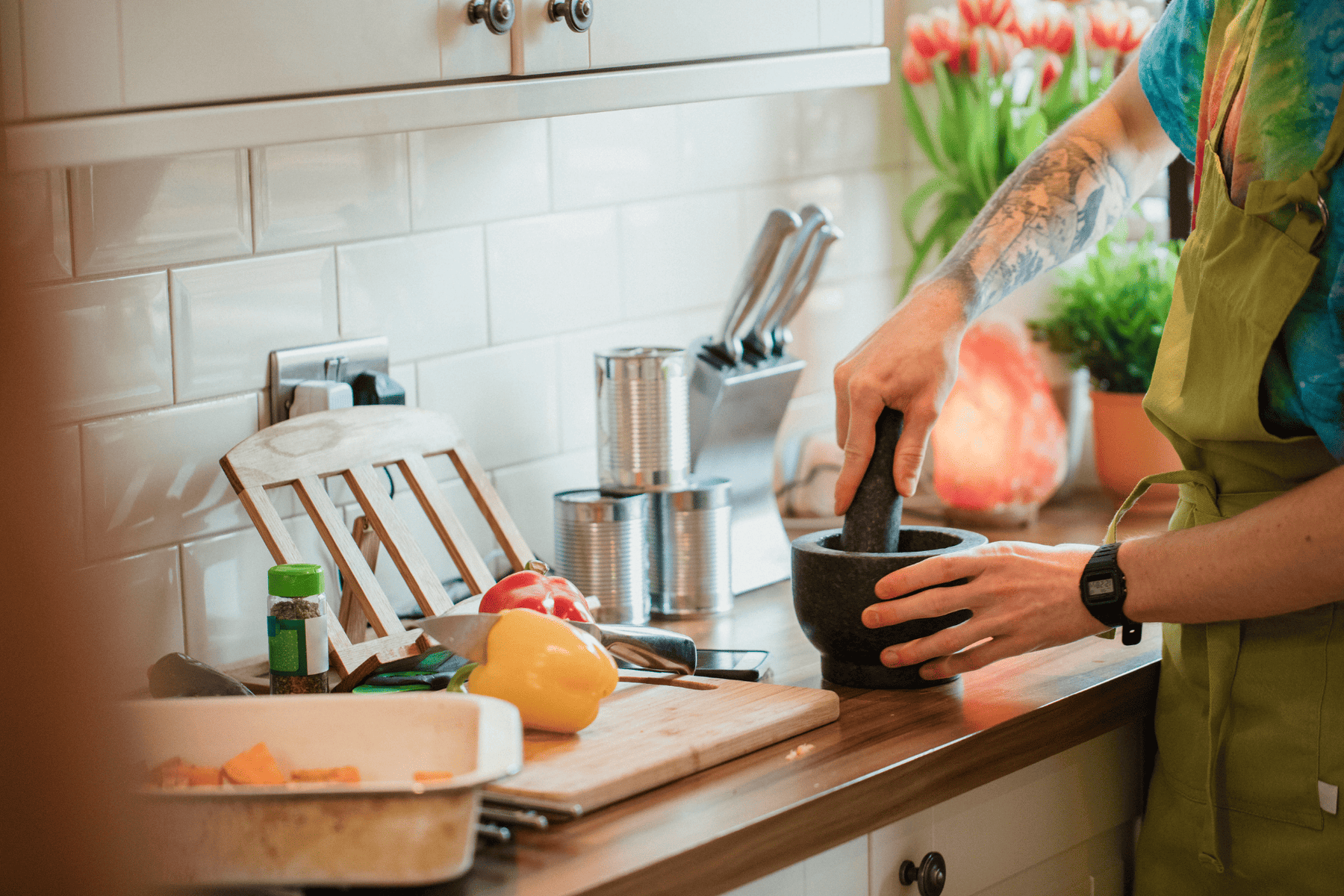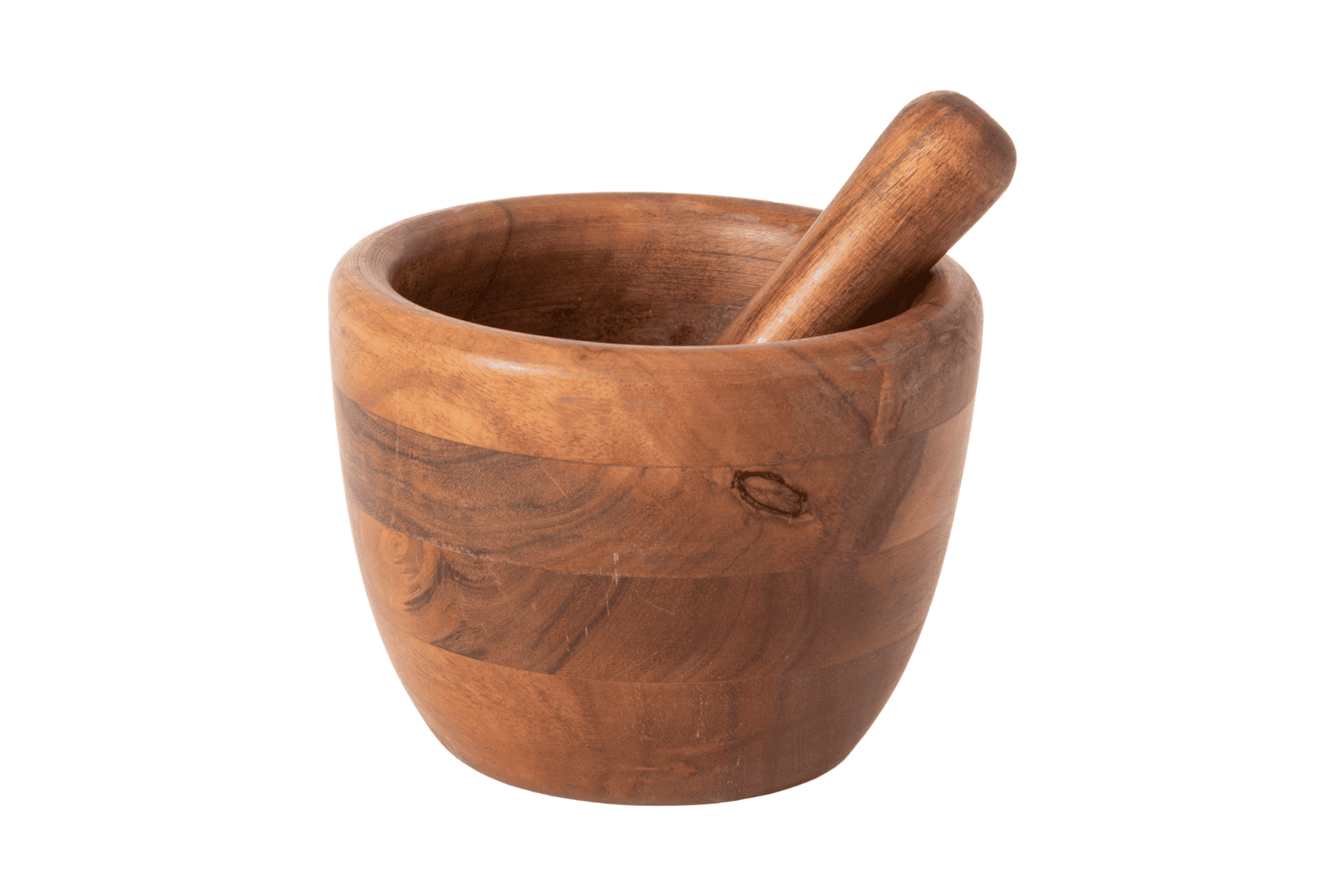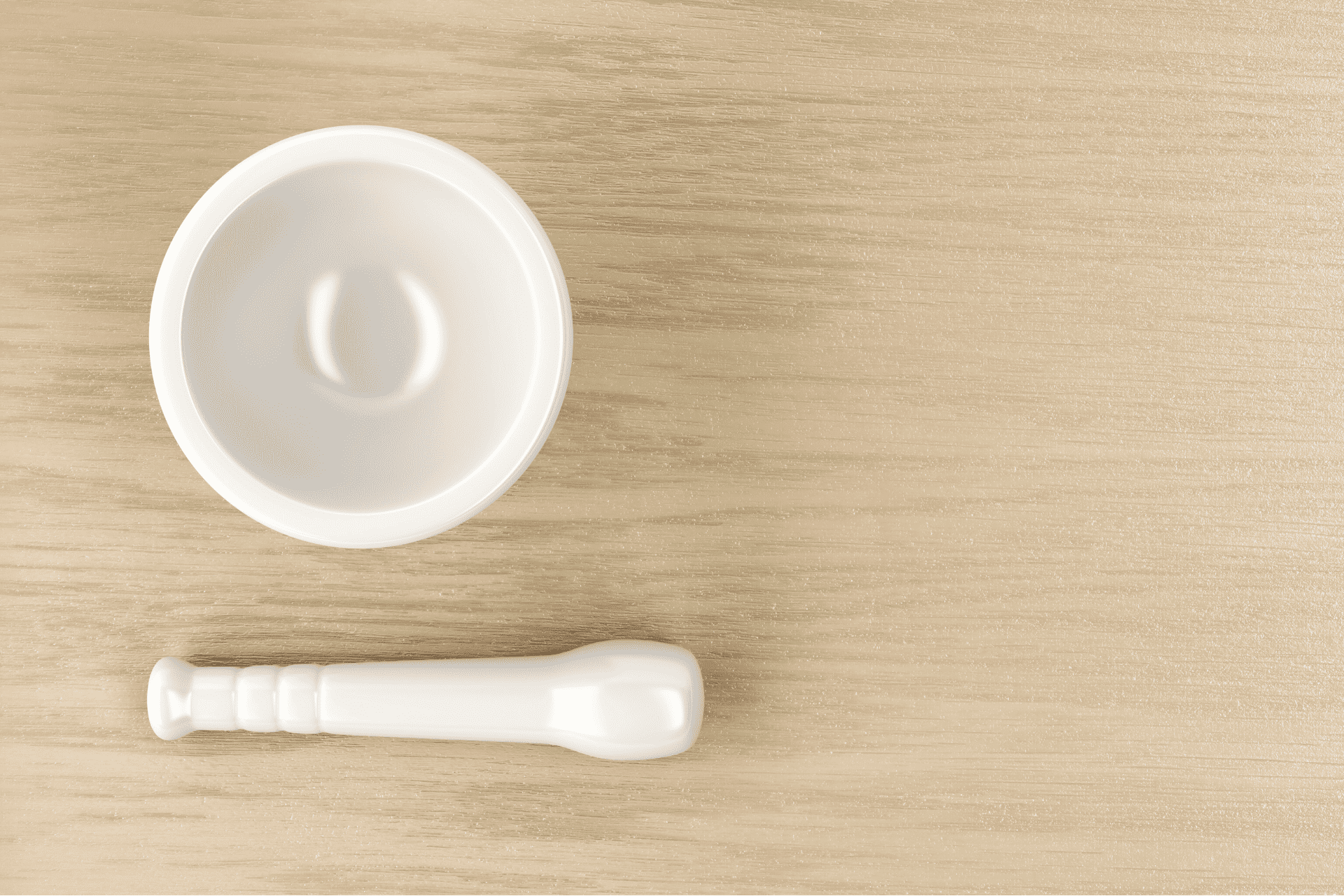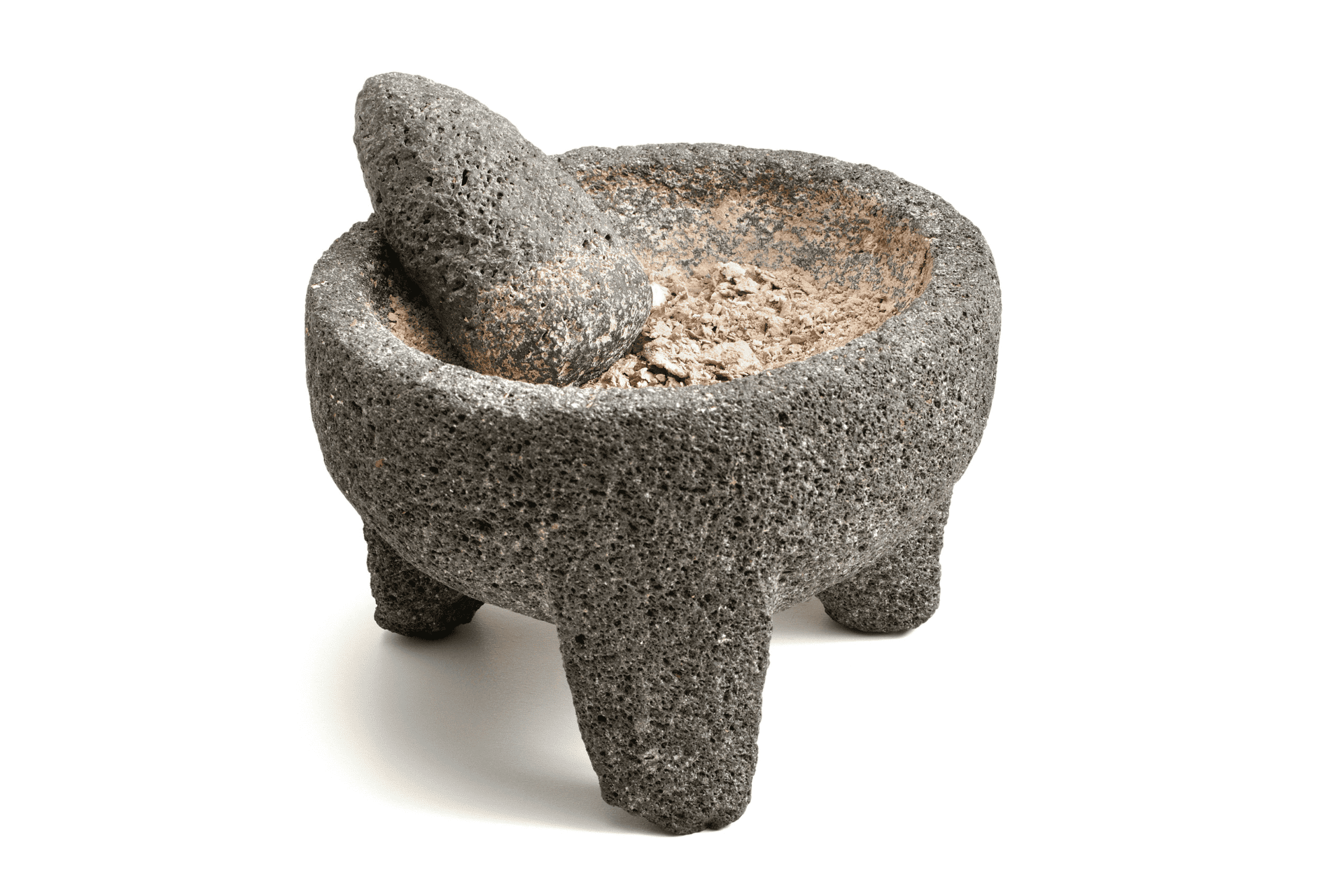
How to Choose the Best Mortar and Pestle
A mortar and pestle isn't just something for a witch or wizard—it's a flavour alchemist that transforms basic components into key ingredients.
However, unless you’re somewhat of a wizard yourself when it comes to knowing the best mortal and pestle material, you might find yourself confused when choosing between them. There are so many different kinds, each best for its specific niche. The good news? We know a thing or two.
In this blog, we’re breaking down how to choose the best mortar and pestle based on material, size, and uses so you can pick the right tool for your kitchen.
Let’s get right into it!
Why Use a Mortar and Pestle?
No other kitchen tool can do what a mortar and pestle does. This old-fashioned device allows you to easily crush whole spices, herbs, nuts, seeds and more by hand, thus enhancing their texture and flavour when added to your dishes.
For instance, grinding spices by hand gradually releases their essential oils, resulting in a more aromatic flavour you won’t get from an electric spice grinder. This can be the difference between a dish tasting good and tasting amazing.
The Best Materials for a Mortar and Pestle
Granite

Granite is one of the best materials for mortar and pestle sets, often the go-to option for grinding dry spices. This is because it has a rough texture that makes it ideal for crushing ingredients, especially when paired with an equally abrasive pestle head.
There are many types of mortars and pestles available, but a Thai granite mortar and pestle is always a good choice since it is generally large and quite durable. With that being said, any polished granite mortar will do the trick if you’re shopping based on material.
|
Pros |
Cons |
Mortar and Pestle Uses |
|---|---|---|
|
|
|
Marble

Stone mortars and pestles are great for pounding thanks to their heavy weight, and marble is no exception. While smooth on the outside, the rough and unpolished texture inside the mortal bowl makes them perfect for crushing seeds and making sauces.
An Italian marble mortar and pestle is especially great for creating pesto. They often have a bulbous wood pestle designed to easily crush pine nuts, garlic, and basil, resulting in a perfectly creamy and emulsified sauce.
|
Pros |
Cons |
Mortar and Pestle Uses |
|---|---|---|
|
|
|
Wood

A wood mortar and pestle can add a charming touch to your kitchen with a warm and rustic aesthetic. Their light weight makes them best for bruising herbs and crushing leaves into fine powder. They’re also quite easy to use and store!
However, the smooth texture of their inside necessitates extra time and effort when you’re crushing tough ingredients. In this way, they’re similar to a brass mortar or stainless steel mortar.
|
Pros |
Cons |
Mortar and Pestle Uses |
|---|---|---|
|
|
|
Ceramic

Craving maximum flavour infusion? A ceramic mortar and pestle set is a surefire way to get the job done. They’re also quite budget-friendly compared to others and can be cleaned easily by hand or by putting them in the dishwasher.
These lightweight mortars are ideal for tender ingredients like basil leaves and garlic. Assuming you don’t mind them being less durable than some of the materials, we recommend you try one out the next time you make a curry paste!
|
Pros |
Cons |
Mortar and Pestle Uses |
|---|---|---|
|
|
|
Volcanic Rock

Volcanic rock mortars—otherwise known as a traditional Mexican molcajete—are the heavy hitters of paste making. These extremely dense and durable sets withstand vigorous grinding and are often used in making guacamole and salsa.
You have to season the molcajete with rice and salt to fill its holes before using it for the first time. This also removes all remaining loose volcanic dust for safety purposes.
|
Pros |
Cons |
Mortar and Pestle Uses |
|---|---|---|
|
|
|
Understanding Mortar and Pestle Sizing
While your personal preference plays a role, choosing the right size mortar and pestle ultimately depends on how much food you typically grind.
Here's a general guide:
- Extra Small (2-3 inch diameter): Perfect for grinding spices and herbs in small quantities or making single-serving sauces. Easy to store and portable for travel.
- Small (4-6 inch diameter): The most versatile size for everyday grinding of herbs, garlic, small amounts of nuts or seeds. Will fit most users' hands comfortably.
- Medium (6-8 inch diameter): A versatile option for most grinding needs, handling herbs, fresh or dried spices, pastes, and small batches of dips.
- Large (8-10+ inch diameter): Best for frequent use, large families, grinding large quantities of spices and ingredients, or making curry pastes, salsas, and guacamole in big batches. Requires ample storage space.
Shop the Best Mortar and Pestle at s.t.o.p. Restaurant Supply!
Now that you know the differences between the best material for mortar and pestle sets and what to consider when choosing a size, it’s time to get the perfect set for your kitchen!
s.t.o.p. Restaurant Supply carries an extensive selection of high-quality mortar and pestle sets in various materials, sizes, shapes, and prices. Choose from top brands to ensure durability and craftsmanship. Delicious pestos, homemade spice blends, and more are just a click away!




 1.800.265.2961
1.800.265.2961


Leave a comment